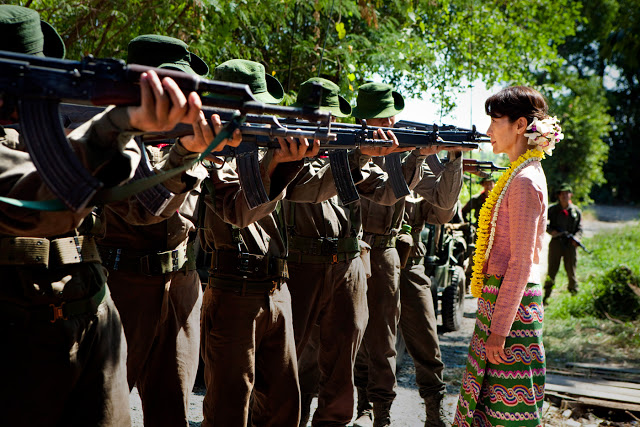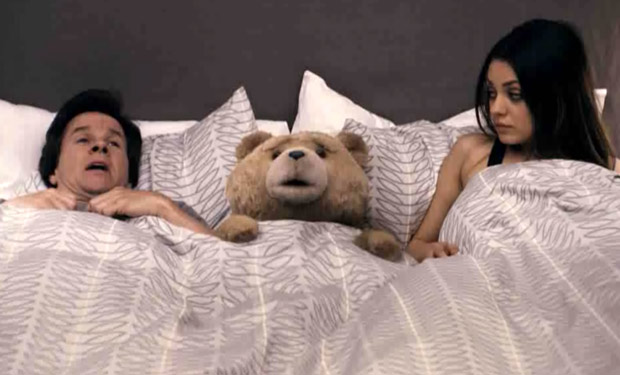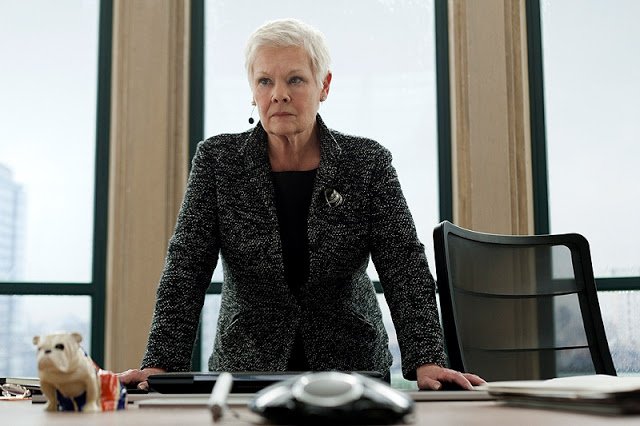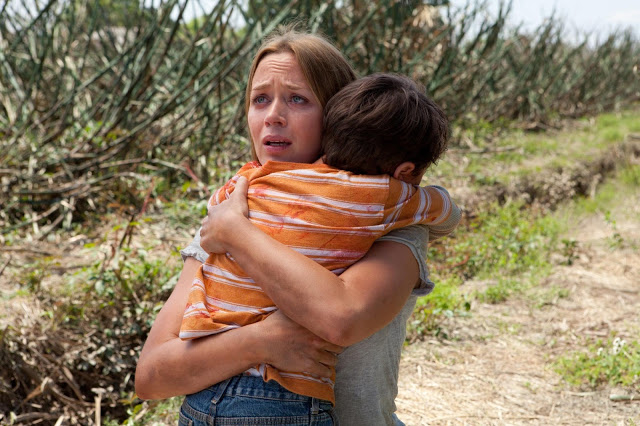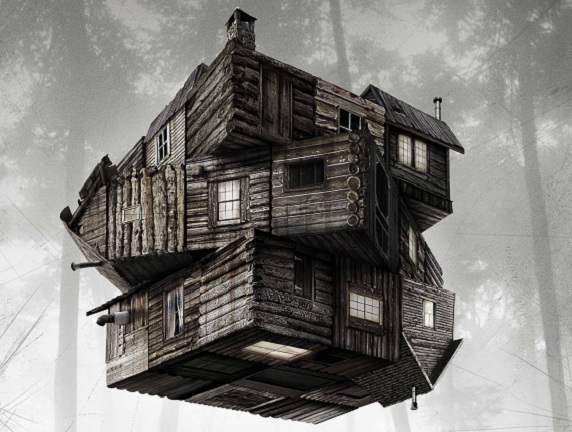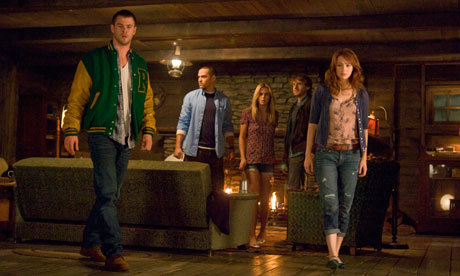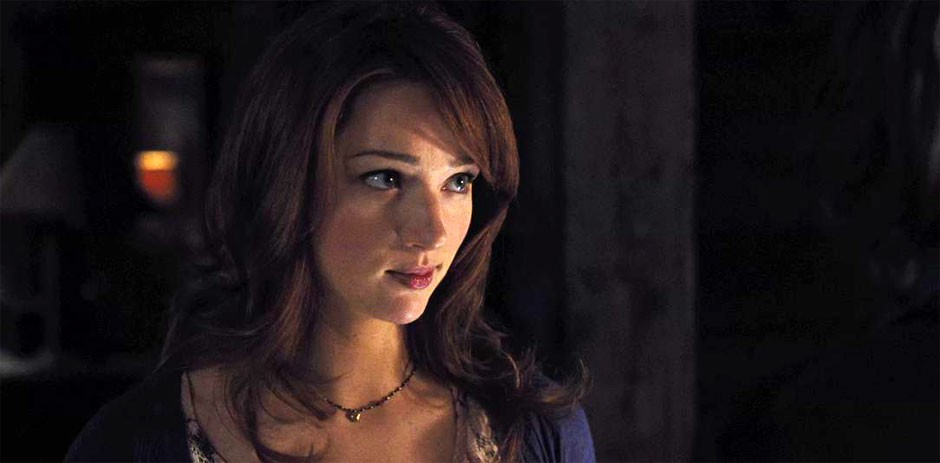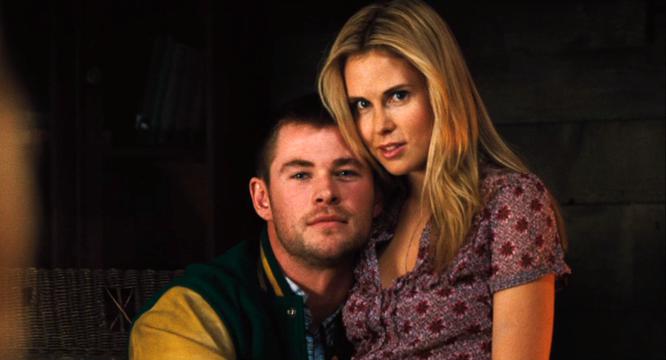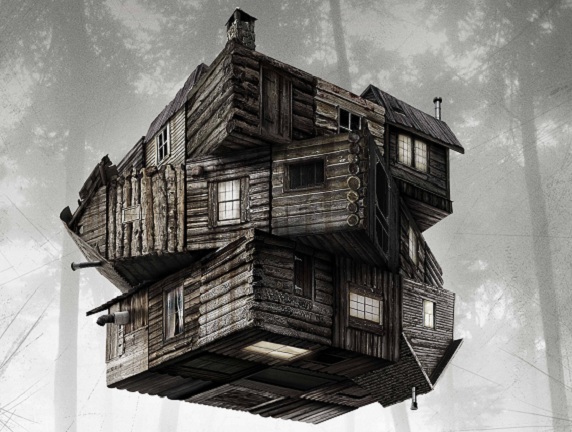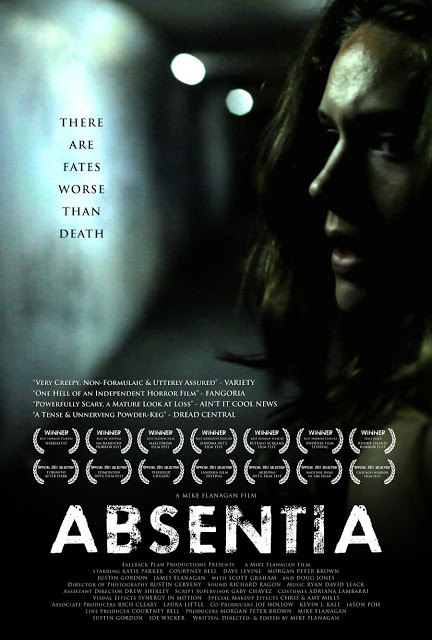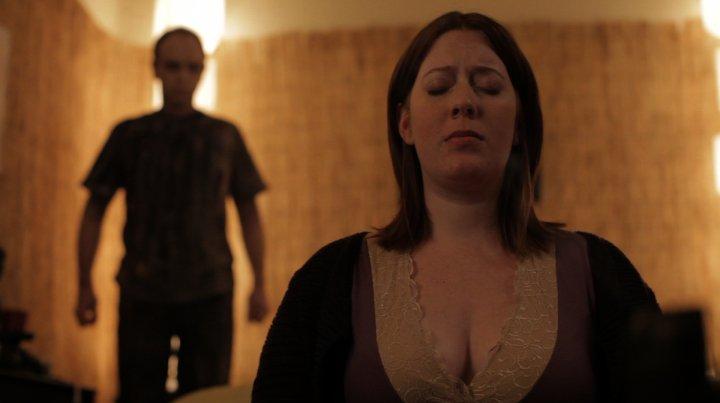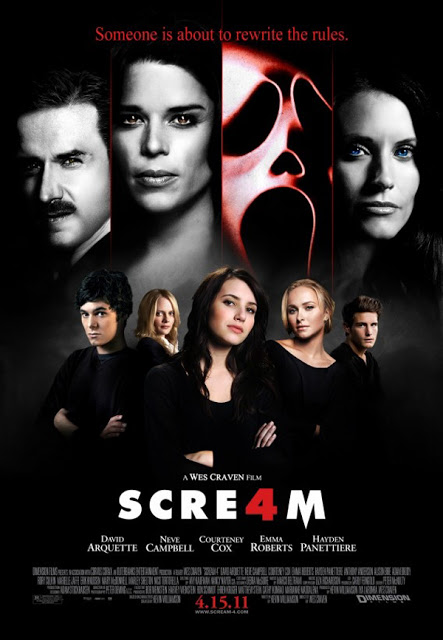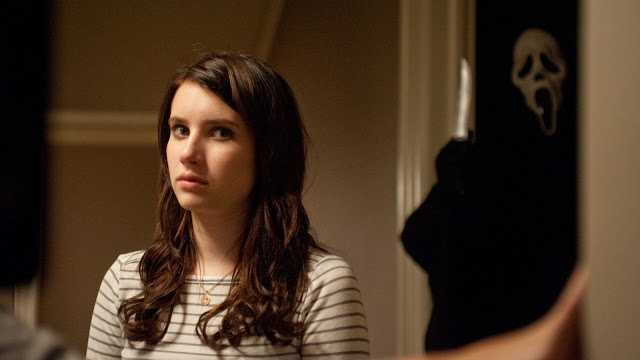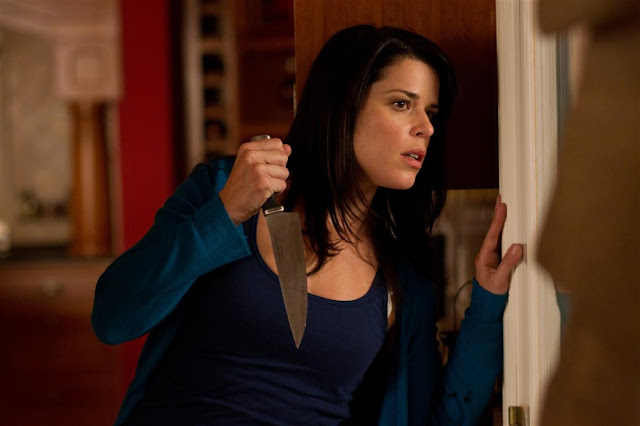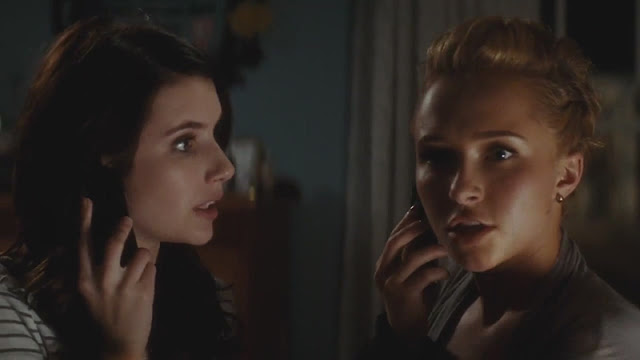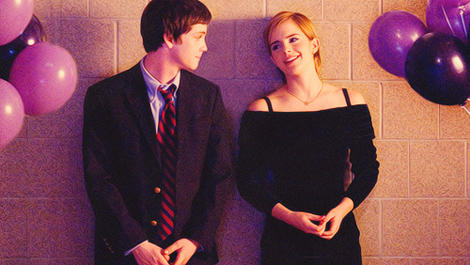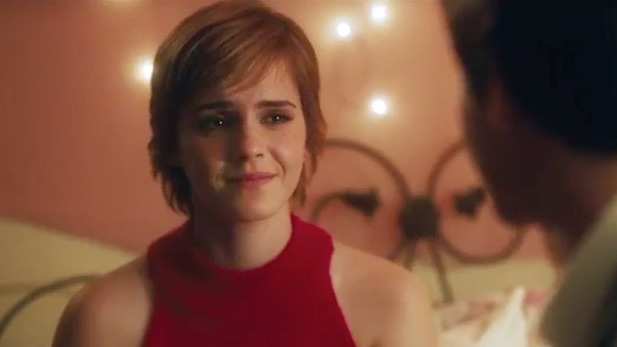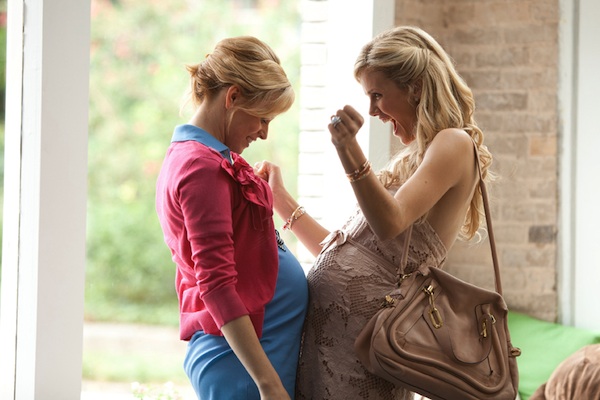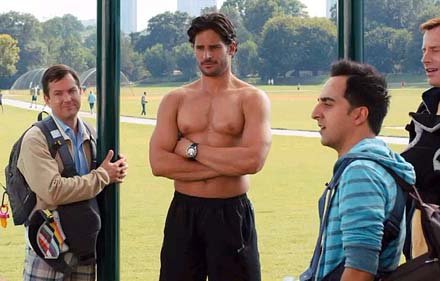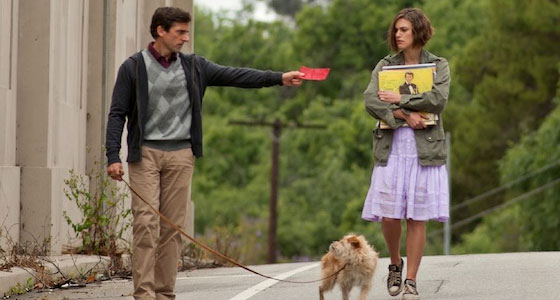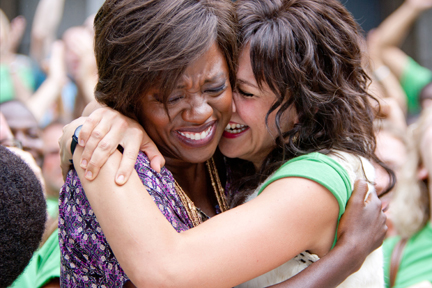 |
| M (Judi Dench) in Skyfall |
Warning: Spoilers ahead!
For fifty years, James Bond movies have varied wildly in quality, but not quantities. There’s always been plenty of punching, driving, drinking, smooth-talking, and seducing. This year’s release, Skyfall, features the fetching Bérénice Lim Marlohe and a blond-mopped Javier Bardem. But director Sam Mendes has done something different with his first punt at the series. While Bond still gets up to his usual japes, he’s not the centre of the film. Instead, Mendes has made a $150 million action blockbuster about a 77-year-old woman. It is her choices, not Bond’s, that shape the fates of those around her. Dame Judi Dench’s M is Skyfall’s steely heart.
You’d need a bulldozer to excavate the sexism generated by half a century’s worth of Bonds. But in his world, M is the single authority figure and the one woman who doesn’t start thinking with her knickers the moment he smirks at her. Not that their relationship is devoid of sexual undertones. Naomie Harris is capable as the lovely field agent Eve. But she and Daniel Craig don’t have any thing like the spark that he generates with M.
Allegedly inspired by Dame Stella Rimington, Director General of Britain’s MI5 in the mid-90s, Dench made her Bond debut in1995’s Goldeneye. Pierce Brosnan’s cocky Bond was properly introduced with her withering put-down, “I think you’re a sexist misogynist dinosaur, a relic of the Cold War.” It became one of the movie’s signature lines, establishing the tone of M’s relationship with her most difficult employee.
 |
| M (Judi Dench) in Skyfall |
Skyfall’s opening sequence shows us M in action. She’s directing a mission in Turkey where Bond gets shot, presumed killed, on a fluffed order from her command. He chooses to stay dead and takes off to a beach to drink and sulk. It’s only the sight of M’s office under siege that lures him back to London. MI6 has been bombed, and its director is clearly the target. M returns to her house late at night, to discover Bond has dropped in to announce his resurrection. She is grumpy, frustrated, and exhilarated by 007’s return. He’s taciturn and flippant, but it says it all that she is his first port of call. She concludes their first scene together by throwing him out, snapping “You’re not bloody sleeping here!”
Mendes has worked with Dench before, directing her onstage in The Cherry Orchard. His camera lovingly dwells on her magnificently non-Botoxed features and silver hair. Unlike most directors, he doesn’t try to hide her slight 5’1 stature. There are many shots of her framed by large empty rooms, looking like a small black-clad anchor.
M’s nemesis turns out to be Raoul Silva (Javier Bardem), a former agent of hers, presumed dead. His experience was markedly similar to Bond’s at the start of the film. Abandoned by MI6 to preserve an operation, Silva endured torture and re-emerged as the leader of a terrorist cartel. Along with Bond, he could see their sacrifice by M as testimony to her fierce loyalty to her country. Only one of them chooses to. It’s not the one with the stupid hair.
 |
| L-R: James Bond (Daniel Craig), M (Judi Dench) and Raoul Silva (Javier Bardem) in Skyfall |
Silva placed his trust in M, and she – according to his warped understanding of the game – betrayed him as a protector. You’d think building yourself up as a globe trotting mercenary would satisfy his wounded pride. But he nurses a vendetta against “the old woman”. Bardem doesn’t leave much to linger in the subtext with his predatory gasps of “Mother!” He is obsessive, inescapable, and possessed of the seemingly unlimited resources available to a Bond villain. When his six foot bulk looms over her it is as grotesque and terrifying as the Queen Alien going after Newt.
It is Silva’s similarities with Bond that makes him such an effective bad guy, crowned by his fixation on M. Together they make a combative threesome that would thrill Hitchcock or Buñuel. Silva attempts to pit the two of them against each other, revealing to Bond that M lied to him about his fitness for fieldwork. It’s a critically flawed tactic. Silva assumes that because many of their strengths and weaknesses run parallel, Bond will read M’s deceit as another symbolic death blow. Bond, of course,has never been averse to telling lies to get his way.
Perhaps that’s why M’s order to shoot in Turkey ultimately brought them closer. M’s failing made her more relatable to Bond, a master of duplicity, and someone who has spent significant amounts of celluloid treating people as if they’re disposable. Skyfall shamelessly draws on the Oedipus myth. Silva and Bond are wayward sons killed by and drawn back to the maternal figure. No wonder Q always hides in the agency
basement.
As Silva closes in to MI6, there are several forces working against its leader. One of them is Gareth Mallory, Chairman of the Intelligence and Security Committee. After the disaster in Turkey where Bond gets shot, he summons M to gently broach the subject of dignified retirement. She tells him in so many words to suck it and promptly exits. Mallory’s left hind wearing an expression of resigned affection. It’s not so different to how M has sometimes looked at Bond.
 |
| M (Judi Dench) in Skyfall |
Mallory turns out to be more chivalrous than could be expected from a policy wonk. When M’s being raked over the coals by a stroppy MP (Helen McCrory in full Medusa mode), he reclaims the floor for her rebuttal. She rewards this with a floor-clearing defence rich in Tennyson and sass. We don’t get to see the pupils of his
eyes form into little love hearts before they get rudely interrupted by Silva’s gunfire. Mallory plights his troth to M by diving in front of a bullet. He goes on to support the comprehensively unofficial plan Bond hatches with Q (Ben Whishaw) and Tanner (Rory Kinnear) to smuggle her away from London.
Bond takes M to his childhood home in Scotland, and in case anyone missed the portentous meaning, we get a short speech about orphans en route. The Skyfall of the title turns out to be the unloved manor home of his youth. There she meets Kincade (Albert Finney). He is the gameskeeper and the man who taught a young James how to shoot. Within minutes of meeting M he’s macking on her, which makes us wonder what else Bond picked up from him.
 |
| L-R: James Bond (Daniel Craig) and M (Judi Dench) in Skyfall |
Finney is comparable to Rory Kinnear’s Tanner, M’s right hand in MI6. In their scenes with her they demonstrate loyalty to M – or as Kincade calls her, Emily – without question. It’s different from the give-and-take between Bond and M.
Skyfall shows us M in the field, deftly assembling DIY cluster bombs and wielding a gun. But it is only to Bond that she shows vulnerability, and vice versa. Whatever the filmmakers try to make her stand in for – Queen, Country, Mother, Lover, Rosebud – the best part of M and Bond’s relationship is what exists just beyond their mutual snarking. By the end of the film, Dench can sag into an old chair and look tired and worn, admitting to her agent that she’s made big mistakes. Together, they have half a minute of screen time to be more mortal than James Bond usually is allowed to be.
By the end of the movie, she dies in his arms. They had shared something notably missing from their interactions with the other characters: a deep abiding respect and trust. Her legacy lives on, in the form of a ceramic bulldog and another totem of loyalty – Mallory, newly installed as M’s heir.
——
Margaret Howie cheerfully lives with her love of Robert Mitchum and her feminist sensibility in South London. Her favourite Bond is Roger Moore, because he’s the only movie star with a name that is also a bad pick-up line.


